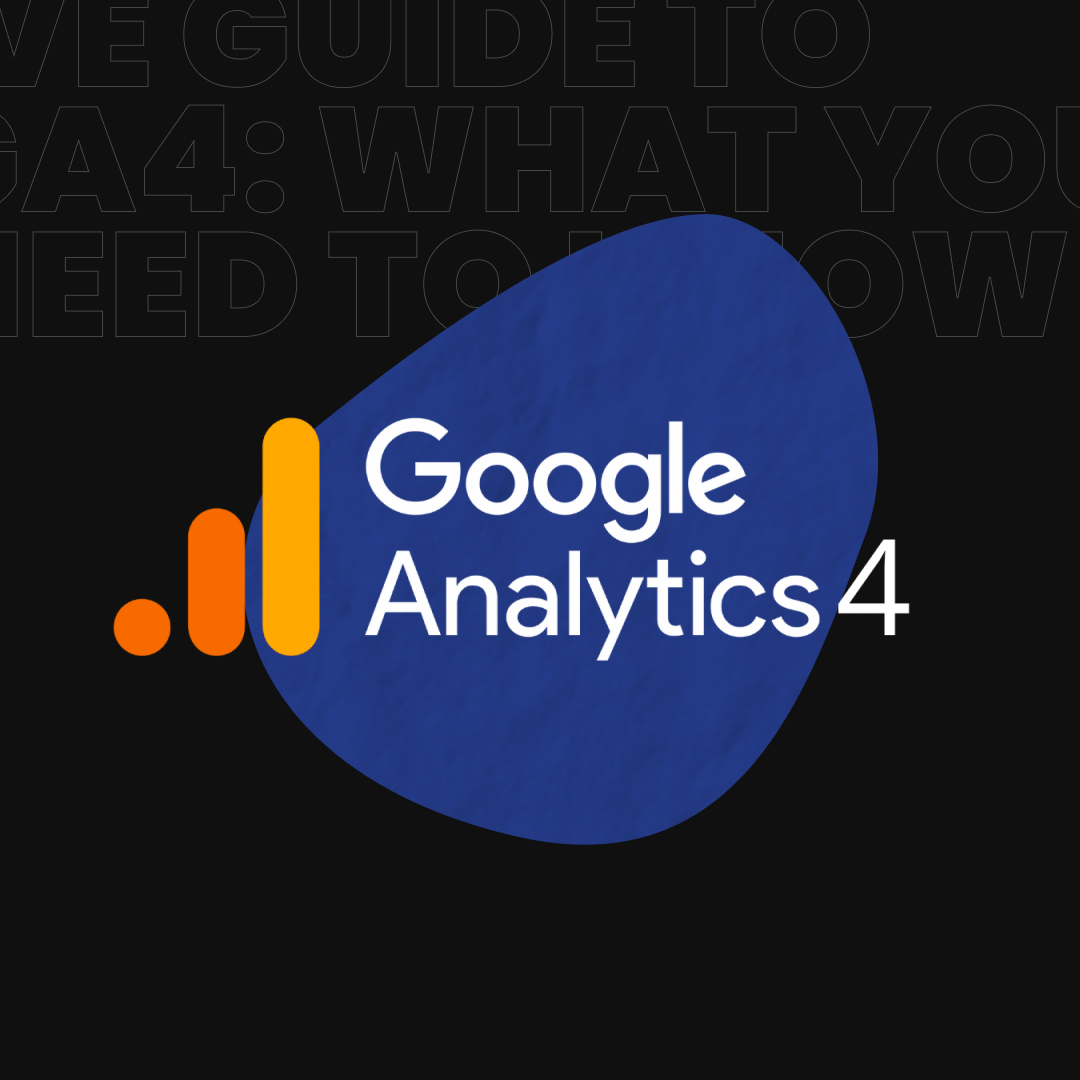Google is known for making frequent updates to its products, but some changes are more impactful than others. The transition to Google Analytics 4 (GA4) was one of the biggest shifts in digital analytics. If you’re still adjusting to GA4 or wondering how it has evolved since its launch, this guide covers the latest updates and why GA4 is essential for data-driven decision-making in 2025.
People new to the world of analytics, or even those with a lot of Universal Analytics (UA) experience, may initially find Google Analytics 4 (GA4) overwhelming. This guide is accessible and useful to analytics beginners and experts alike, explaining the reason for Google’s shift, the new features, and how to make the most of the major changes.
Why the Shift to GA4?
According to Google’s website, they introduced GA4 “to address the evolving measurement standards and help businesses succeed.” They explain that “it allows businesses to see unified user journeys across their websites and apps, use Google’s machine learning technology to surface and predict new insights, and most importantly, it’s built to keep up with a changing ecosystem.”
In simpler terms, Universal Analytics users needed a system that allowed them to understand the complicated ways their audience navigates their website. Think about it, how often do you search for something on a desktop, and then later again on your phone, and maybe eventually you download an app to discover even more? Our online user journey and how we consume information have undoubtedly shifted in recent years. Despite the potentially frustrating period of acclimatizing to GA4, this cross-platform analytic solution will ultimately make your life easier and your marketing more targeted.
What’s New in GA4?
GA4 has introduced several major enhancements, making it a more powerful tool for businesses seeking deeper insights and improved marketing performance.
Cost Data Import Updates: Google Analytics now simplifies cost data imports, requiring only source, medium, and date as mandatory fields. Campaign_name and campaign_id are optional but recommended for more detailed reporting. Without these, cost data will be aggregated.
Copying Reports Across Properties: Users can now easily copy custom reports and explorations across different properties, ensuring consistency and saving time on setup.
Consent Settings Hub: A new centralized hub in Google Analytics Admin lets you manage and review consent settings, monitor collection statuses, and address any consent-related issues.
Enhanced AI & Predictive Metrics – GA4 now offers more advanced AI-powered insights, providing highly accurate predictive analytics. Businesses can forecast churn probability, revenue potential, and purchase likelihood, allowing for proactive marketing strategies.
Improved Attribution Modeling – The data-driven attribution model has been further refined, ensuring a more accurate credit assignment across multiple touchpoints in the customer journey, rather than just the final interaction. This helps businesses better understand what truly drives conversions.
Deeper Google Ads Integration – GA4 now enables real-time event tracking for seamless audience targeting and more effective retargeting. These enhancements improve ad performance and campaign ROI.
Privacy-First Tracking & Cookieless Future – With the phase-out of third-party cookies, GA4 has strengthened privacy-focused tracking capabilities. The Enhanced Consent Mode ensures compliance with evolving regulations like GDPR and CCPA, while still allowing businesses to collect meaningful data.
Custom Reporting & BigQuery Integration – GA4’s reporting interface now offers greater customization, eliminating the need for third-party tools. The improved BigQuery integration enables deeper data analysis and more advanced reporting.
These updates position GA4 as an essential analytics platform for businesses in 2025, helping them navigate privacy changes, enhance ad performance, and gain predictive insights for better decision-making.
Why GA4 is a Must for Businesses
Privacy Compliance: GA4 ensures that businesses stay ahead of data privacy laws while still gathering valuable insights.
More Accurate Data: GA4 captures user interactions across multiple devices, providing a holistic view of customer behavior.
Future-Proof Analytics: With enhanced machine learning, GA4 adapts to industry changes, making it a long-term analytics solution.
Stronger Marketing Insights: The integration with Google Ads and improved attribution modeling help businesses make data-driven decisions with confidence.
Time To Make The Switch to GA4
Google has introduced such sweeping changes that, maybe the easiest question would be, what’s stayed the same? The answer to that is not much. However, GA4’s new machine-learning features and event-based model create a more flexible and more accurate framework for understanding user behavior.
GA4 is no longer just an alternative to Universal Analytics—it’s the new standard. With standard UA properties no longer processing hits since July 2023, businesses that haven’t fully transitioned need to do so as soon as possible.
To set up GA4, you can’t “convert” an existing UA to set up a GA4. Instead, create a new property using GA4 that will run in unison with UA until July 2023. This will give your GA4 property some time to collect data, allowing you to have more insightful reports and metrics.
If you haven’t already, ensure GA4 is fully implemented and optimized for your business. Google provides comprehensive resources to guide you through the setup and customization process. The sooner you harness GA4’s capabilities, the sooner you can leverage its AI-driven insights to drive better business decisions in 2025 and beyond.
Need marketing support?
If you feel overwhelmed by the prospect of learning a new platform, or if you are entirely new to analytics and want a helping hand on getting started, reach out to us at First Ascent. We are professionally trained to notice trends in your data and we can work together to build a winning marketing strategy based on your goals!
